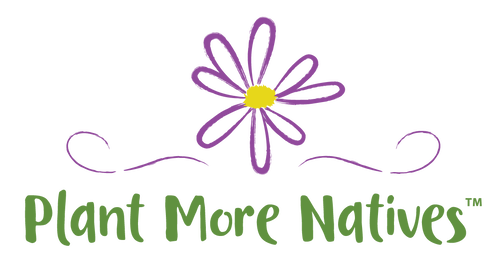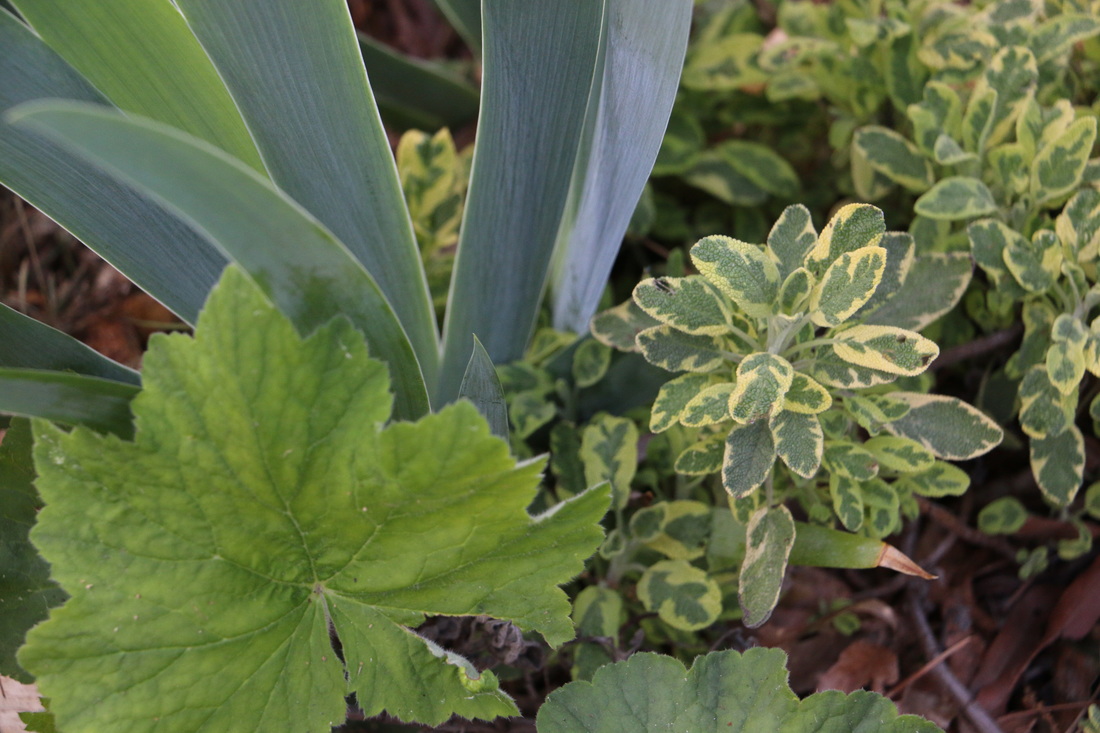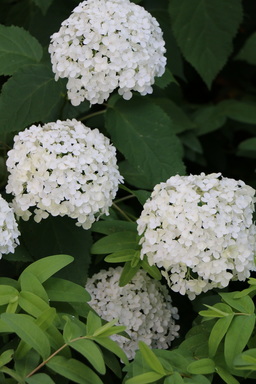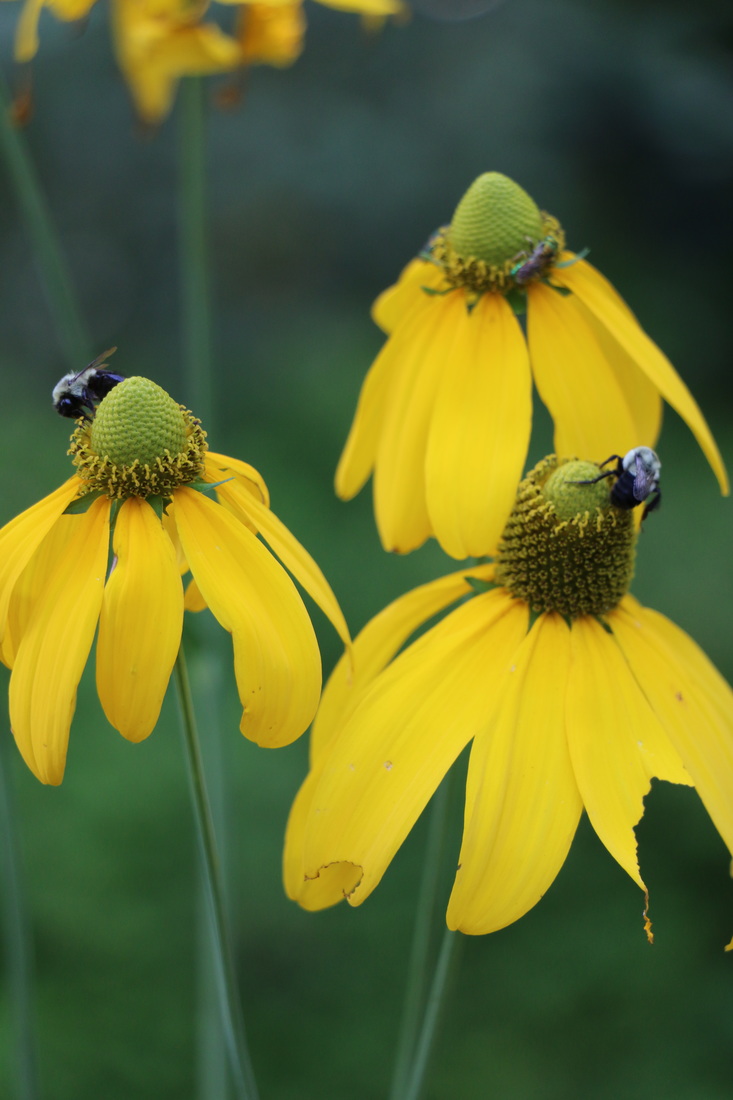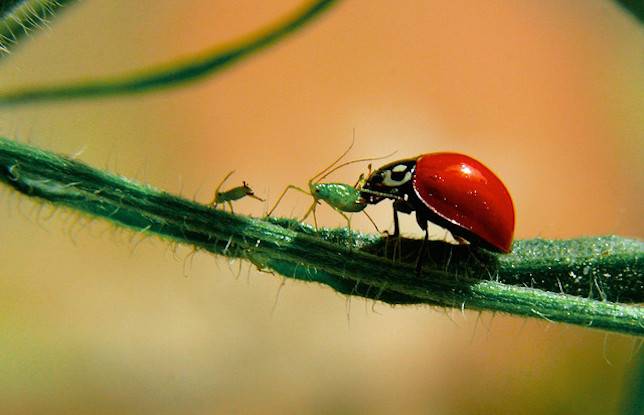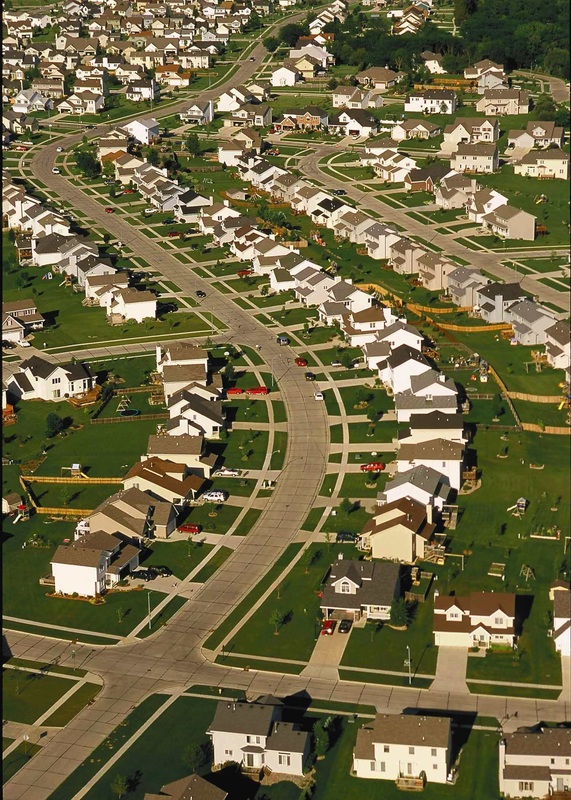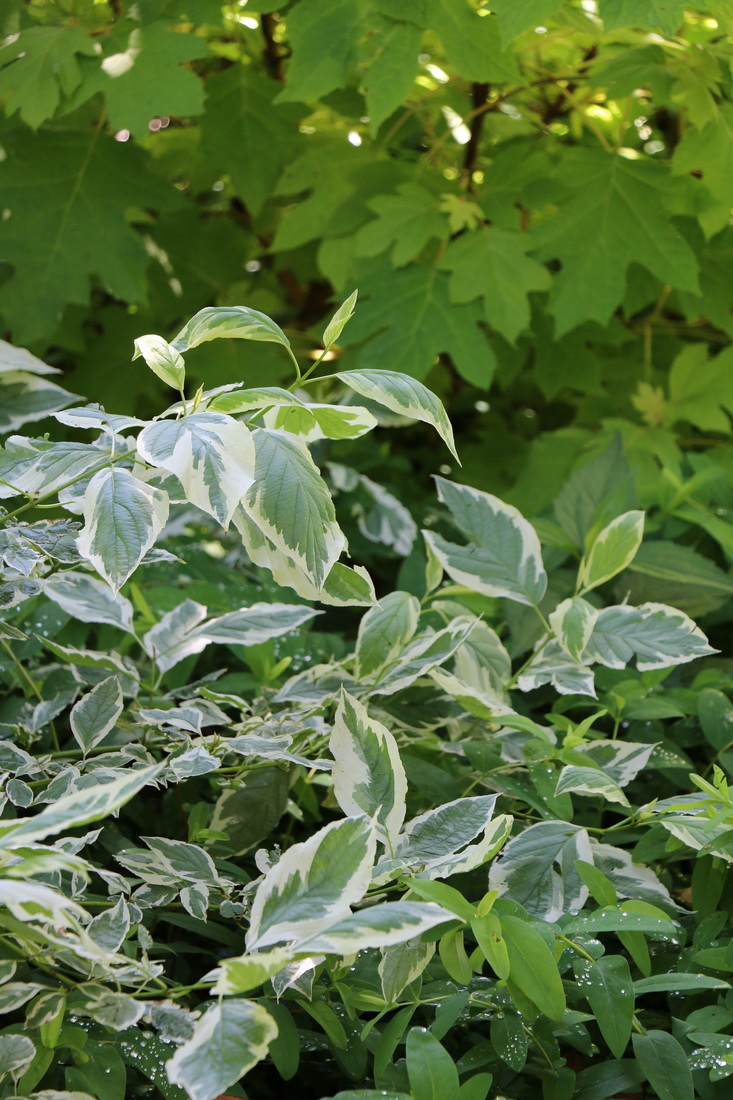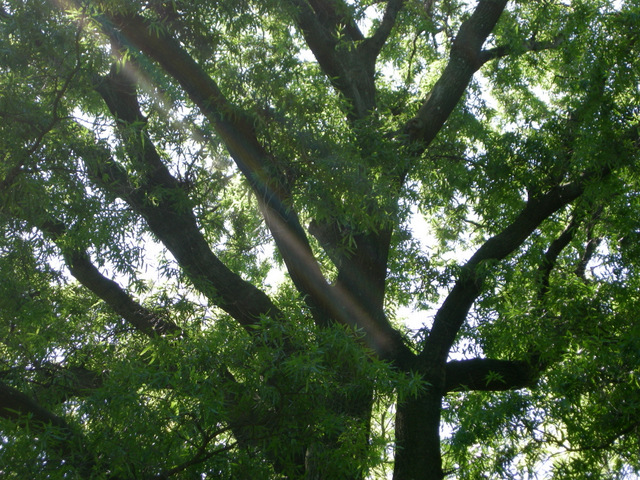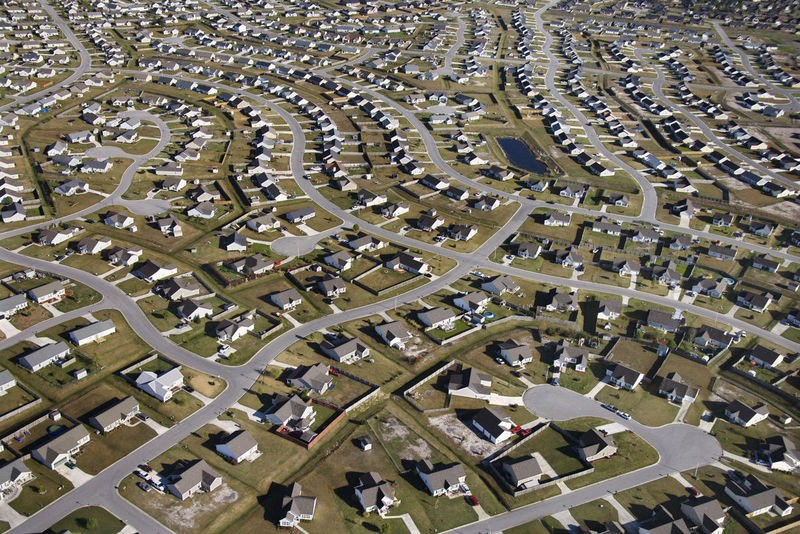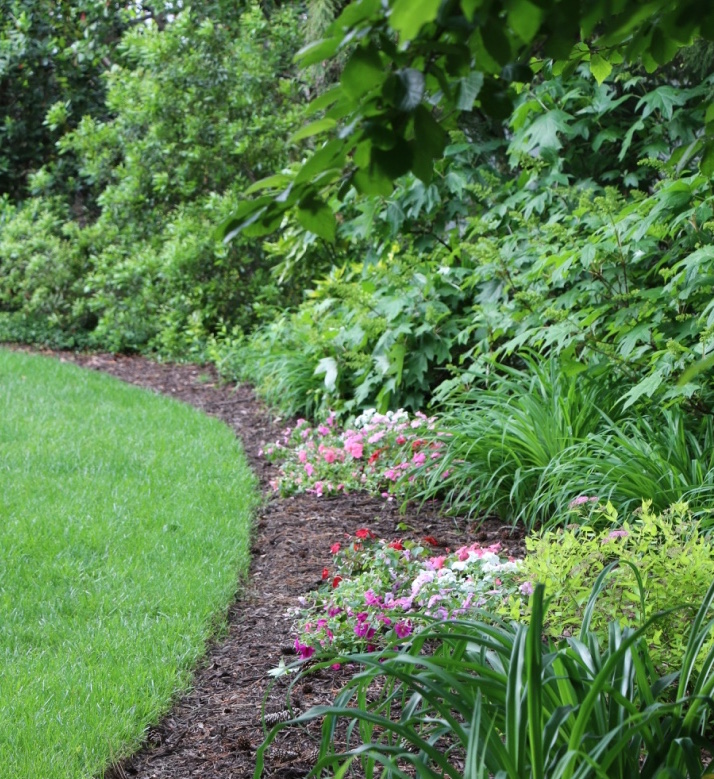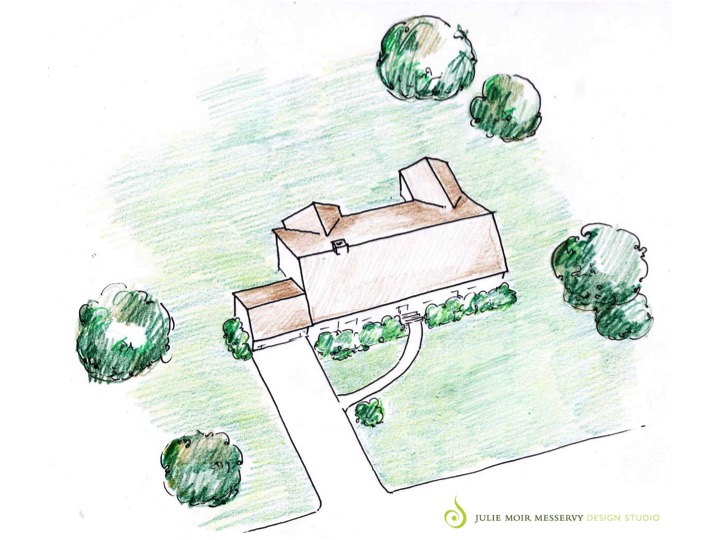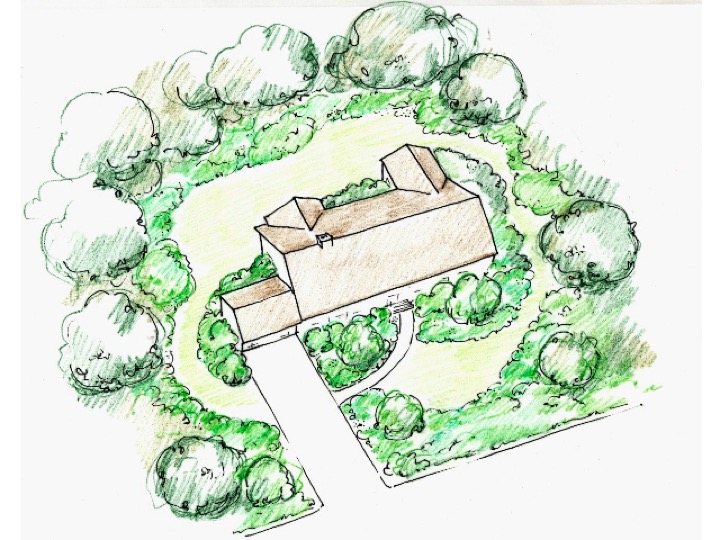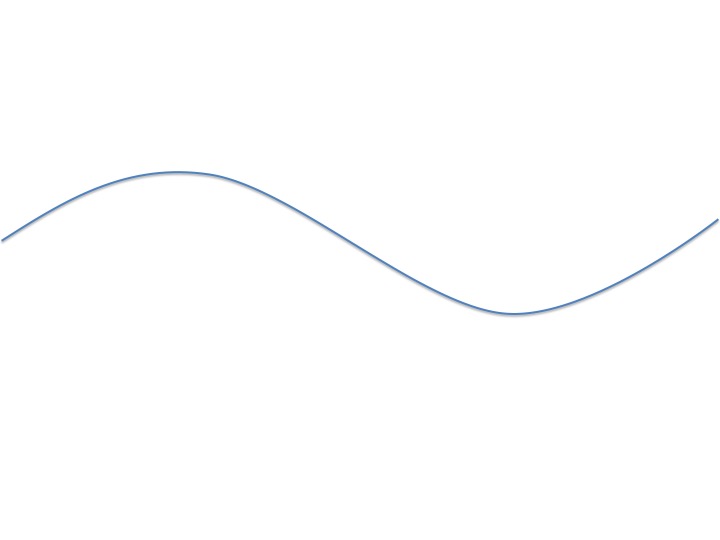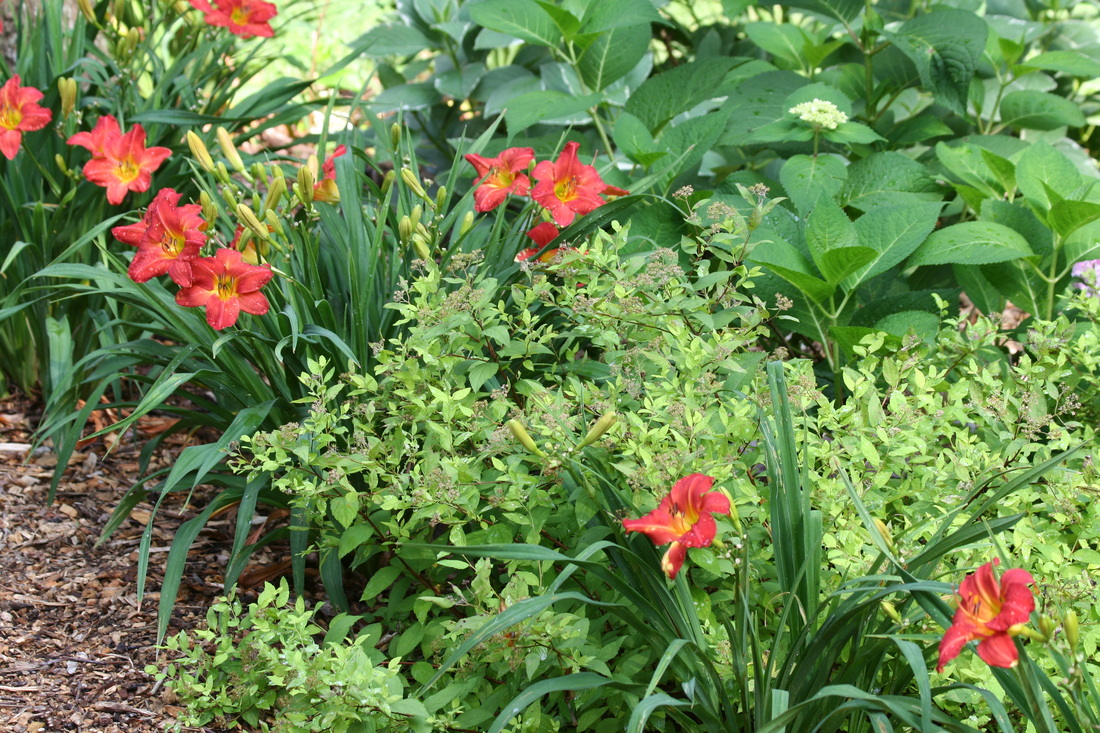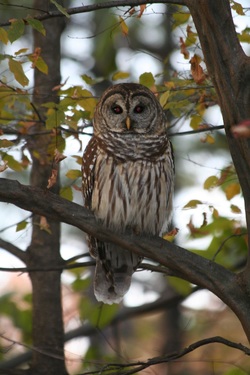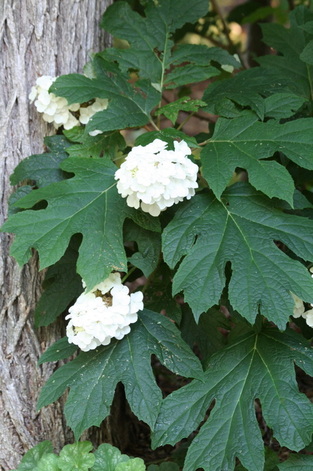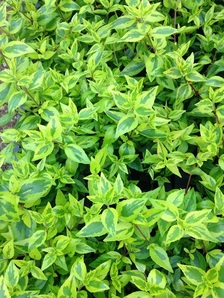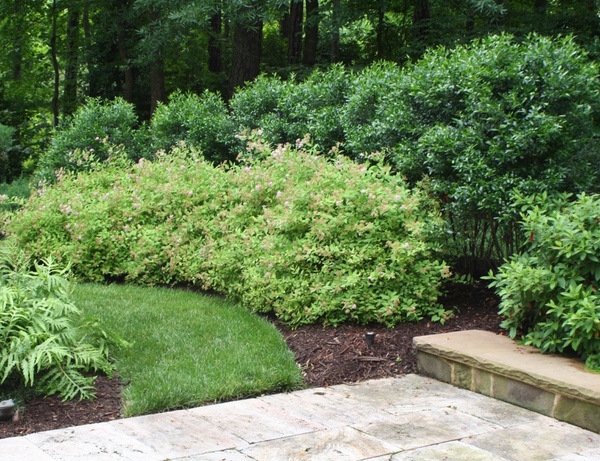|
Let's talk about proper irrigation. Bor-ing. I hear you, and I get it. But hold on. Gardening is expensive. We need to protect that investment and ultimately the value of our homes. After siting a plant correctly for sun exposure, proper irrigation for the first two years of establishment is key to the health of the landscape. Yes, two years, not two weeks. The #1 problem we see in July and August is root rot, initiated by too much water. The #2 problem is overly dry soil surrounding plants that have been installed within two years. These plants just haven't had enough time to develop drought-tolerant capabilities. Here are the most important tips we share with our clients...
Believe it or not, landscapes without irrigation systems tend to fare better than those with irrigation systems. Clients with systems are more likely to crank it up with little understanding that more water may be doing more harm than good. Muddy soil is a major stressor for most plants. Add extreme heat and now there’s a recipe for failure. We encourage our clients to observe their living, breathing landscape regularly by strolling the yard in the evening, digging around on occasion, and adjusting their irrigation practices accordingly. No assumptions about the health of the landscape should be made from afar. Evening strolls are quick, easy, relaxing, and tend to lead to landscape success. You are part of the equation.
Plants, especially natives, invite wildlife… bugs eat plants (hardly noticeable), bugs eat bugs, birds eat bugs, wildlife eats bugs, and nature takes care of itself. We leave it alone. Our yard hosts circles of life within a massive food web, and we don’t attempt to control it. Mother Nature does a fine job by herself.
By planting a huge variety of plants in our yards, we create wildlife highways and byways and attract a huge variety of insect and animal species, which can take care of themselves and keep annoying pests and disease at bay without our help. It’s a bug-eat-bug world out there if we plant the food they need (native plants) and let them be.
There once was a time when developers didn’t clear-cut, when houses were built among the trees, and the natural landscapes were preserved. That’s the way it was done, because back then we were just as excited about the land as the house. Today, older neighborhoods have massive 100-year old trees dotting their landscapes, but not so within newer communities. We were told it’s easier and less expensive to clear-cut, build, and then put back the trees and shrubs. However, we’re now learning there’s a cost associated with this approach, simply because we’re not putting back the natives and we’re not putting back enough plants to replicate the biodiversity needed to support a functional landscape. Also, bear in mind, our national parks and open spaces just don’t cut it. There’s too many of us and not enough functional landscape left. Within one generation, the cost associated with clear-cutting has been reallocated. We now chew up resources to re-educate the public about ecosystem services and the benefits of biodiversity. We burn resources to redesign and re-landscape for biodiversity. And there’s also a cost associated with installing sterile landscapes and then doing nothing to fix them… fewer functional landscapes. It’s not because we don’t care. We just haven’t understood the long-term implications, and we don’t know what we don’t know. The research regarding the benefits of using native plants and the ecosystem services they provide is ongoing and just beginning to unfold. However, we can start the conversation with our neighbors and our local planning officials by becoming better educated and inviting the researchers, such as Doug Tallamy, Jules Bruck and their colleagues, to speak within our local communities. With more information, conversation, and careful planning, we can preserve and plant more functional landscapes.
As the arrival of spring gives way to planning, shopping and planting, let’s review some basic landscape design techniques. 1. Define the outdoor spaces. Decide what lawn space is required for play, entertaining, and transitioning between spaces. The remaining space is left undisturbed or cultivated with trees, shrubs, and perennials, choosing natives first and then backfilling with non-natives. 2. Develop straight lines or long shallow curves for lawn lines. A professor of mine consistently referred to bed edges as “lawn lines”, always encouraging us to define lawn space first. Keep in mind, gentle curves are more natural, gentler on the eye, and easier to mow. 3. Break down the landscape into more manageable pieces or vignettes with hardscapes (i.e. sheds), transitions (i.e. paths), and trees. 4. Choose interesting plant combinations The key to good landscape design is how well neighboring plants play off one another. We design and shop for plant combinations, not individual plants. Giving some thought to overall plant size and shape as well as leaf size, color, and texture before shopping will give us some direction and confidence. Then, by physically pulling plants together at the nursery, our plant choices are confirmed and finalized. The goal is to create some level of contrast between groups of plants. Too much contrast and there’s chaos. Not enough contrast and the landscape is ho-hum boring. By way of a few examples, we suggest weaving groups of small-leaved plants with large-leaved plants, placing chartreuse leaves next to blue-green leaves or creating extremes in plant height and/or form. Smaller spaces such as containers and mailbox beds can carry more contrast. Use larger masses of the same plant when working on a grander scale. Trees and shrubs act as the bones or structure of the landscape while perennials and annuals are filler. Repeat colors, textures, and forms intermittently to weave the landscape together. 5. Layout an entire section of the garden at one time. Straight-line placement can be used next to linear hardscaping, such as foundations, decks or patios. Beyond those spaces, avoid symmetry and straight-line patterns. Instead, use triangles and zigzag patterns, striking a happy medium between Mother Nature’s randomness and our craving for order. Have fun and remember… the landscape is made up of living, breathing plants and wildlife. It is always evolving and never finished. Thank goodness for that!
Mulching season is here! Every year we add a rich finishing touch to our canvas of great spring colors. A good 3-inch layer of mulch suppresses weeds, cools the roots, reduces evaporation and, over the years, improves soil structure as we plant. All good. However, now that we’ve reduced our non-native lawn space and expanded our planting beds, we need more mulch than ever. Perhaps, there’s a better approach. This year let’s go one step further and “cover the mulch" with plants, so that in a few short years there’s only a 12-inch edge for mulch. Plants provide the same great benefits as mulch by shading the ground, suppressing weed seed germination, cooling the earth, reducing evaporation, and improving soil structure as roots move through the soil, die, and regenerate. By covering the ground with plants, not mulch, we reduce our carbon footprint. We cut back on all the energy used to make the stuff and then get it to us. As a designer, I frequently meet with hesitation at this point. When plants grow into one another, customers envision messy planting beds and that just won’t fly in their neighborhoods. That’s when planning for the mature size of plants and implementing a degree of contrast between neighboring groups of plants is really important, or perhaps, absolutely essential. When we emphasize color, height, texture, and/or leaf size variation between groups of plants, the landscape appears organized. For instance, setting a large-leafed group of Oakleaf Hydrangea next to a small-leafed group of Abelia ‘Kaleidoscope’ gives us a high degree of contrast and, therefore, a degree of order. We plant geeks have yet another “perfect excuse” to plant more plants, especially natives, all for the sake of improving biodiversity and reducing our carbon footprint. Let’s make a concerted effort to plant more plants, allow fallen leaves to form a thin groundcover layer between plants, and cover only a 12” edge with mulch in early spring. Who wants to pay for it and spread it anyway?
|
Welcome to my journal. For over 20 years I've created original landscape plans to help homeowners increase property value and really enjoy their yards. I approach every project as an unique opportunity to develop a work of living art, one that will require minimal care and age beautifully with time. In this journal, I will share some of my field experiences and tricks of the trade with you. Feel free to email questions. Thanks for visiting.
Archives
February 2019
|
